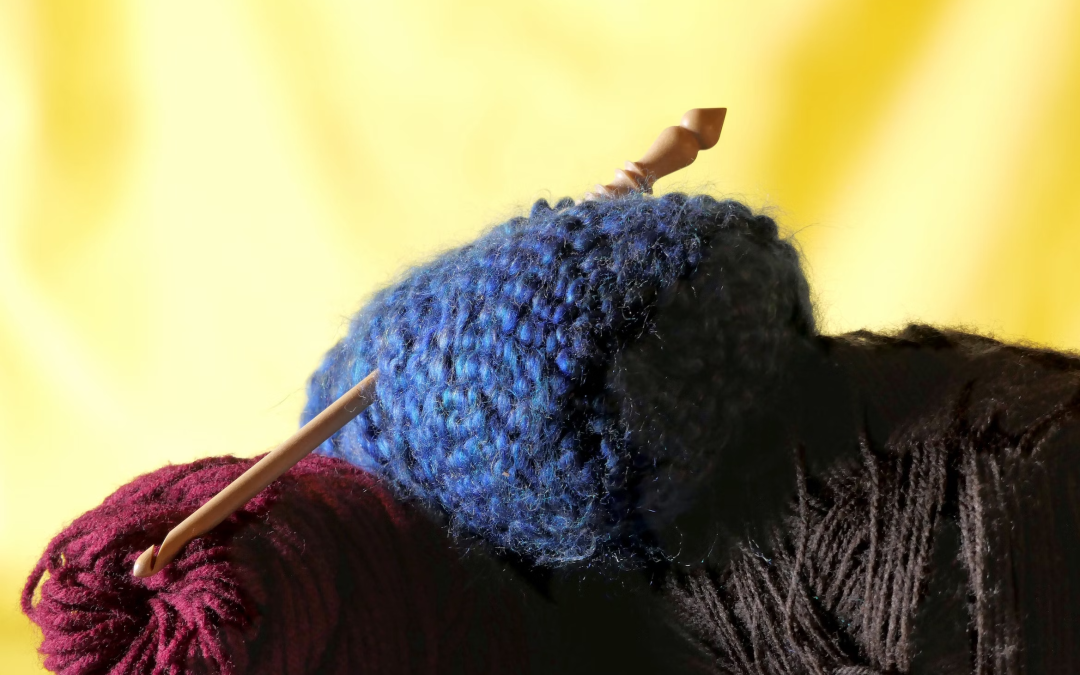Crocheting is a delightful craft that allows you to create beautiful and intricate designs using a simple hook and yarn. One crucial aspect of crochet that can significantly impact the outcome of your projects is tension. Maintaining consistent tension ensures that your stitches are uniform, the fabric drapes properly, and your finished piece looks polished. If you’ve ever struggled with tension issues while crocheting, fear not! In this article, we’ll explore valuable tips and techniques to help you master tension management and enhance your crochet skills.
Select the Right Hook and Yarn
Choosing the appropriate hook and yarn for your project can greatly influence your tension. Different hook sizes and yarn weights create different fabric densities. Experiment with different combinations to find the perfect match that allows your hook to glide smoothly through the stitches while maintaining the desired tension.
Relax and Loosen Up
Tension problems often arise when we hold the yarn and hook too tightly. Remember to relax your grip and allow your hands and fingers to move fluidly. A looser hold on the materials will result in more even and consistent stitches. Check out our guide on how to choose the right hook if you are unsure.
Practice Consistency
Consistency is key when it comes to tension. Aim to maintain the same level of tension throughout your project. Pay attention to the pressure you exert on the yarn as you pull it through the loops. Consistent practice will help develop muscle memory, making it easier to maintain tension as you crochet.
Adjust Your Grip
Experiment with different ways of holding your hook and yarn until you find a comfortable grip that allows for optimal tension control. Some crocheters prefer holding the hook like a pencil, while others prefer holding it like a knife. Find the grip that feels natural to you and enables you to maintain consistent tension.
Check Your Gauge
Before embarking on a new project, take the time to crochet a gauge swatch. This small sample will help you determine if your tension matches the pattern requirements. If your stitches are too tight, try using a larger hook or loosening your grip. If they are too loose, switch to a smaller hook or tighten your grip.
Practice Tension Exercises
To improve your tension management skills, dedicate some time to tension exercises. These can include crocheting rows of single crochet stitches or creating a small square in a pattern stitch. These exercises allow you to focus solely on maintaining a consistent tension without the distraction of a larger project.
Block Your Finished Work
Blocking is a technique used to shape and even out the stitches in a finished crochet piece. It involves wetting or steaming the fabric and allowing it to dry in the desired shape. Blocking can help rectify minor tension inconsistencies and give your project a professional finish.
Take Breaks
Fatigue and tension problems often go hand in hand. Remember to take breaks during long crochet sessions to rest your hands and relax your muscles. Frequent breaks can help prevent unintentional tightening of your grip due to muscle fatigue.
Managing tension while crocheting is a skill that can significantly enhance the quality and appearance of your projects. By selecting the right tools, practicing consistency, and implementing the tips discussed in this article, you’ll be well on your way to mastering tension control in your crochet work. Remember, patience and practice are essential. With time, you’ll develop a natural rhythm, and maintaining the perfect tension will become second nature.
Happy crocheting!
